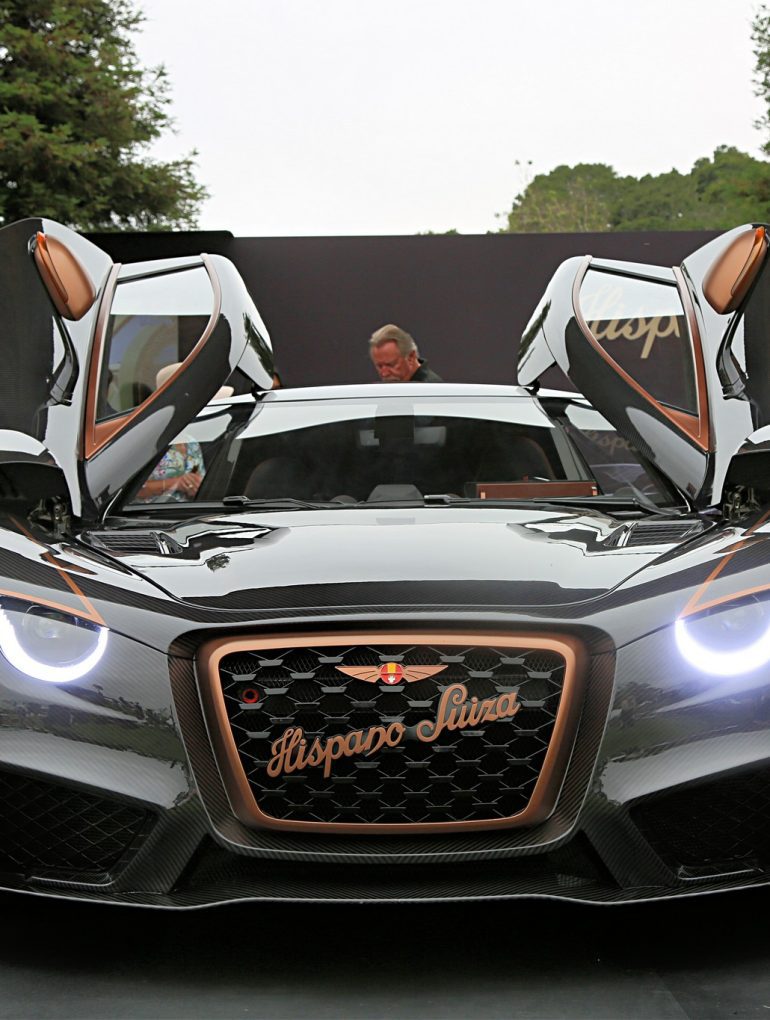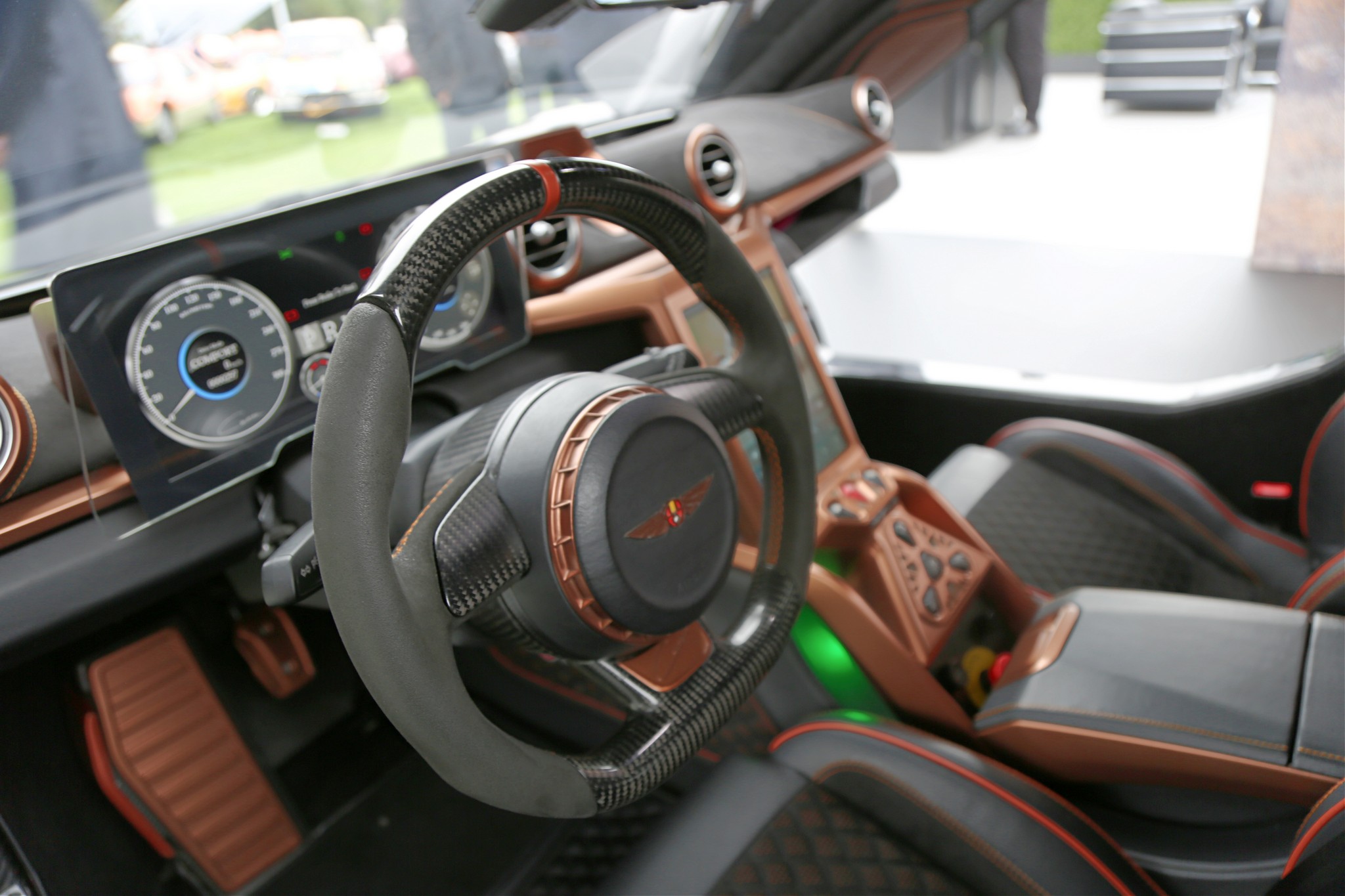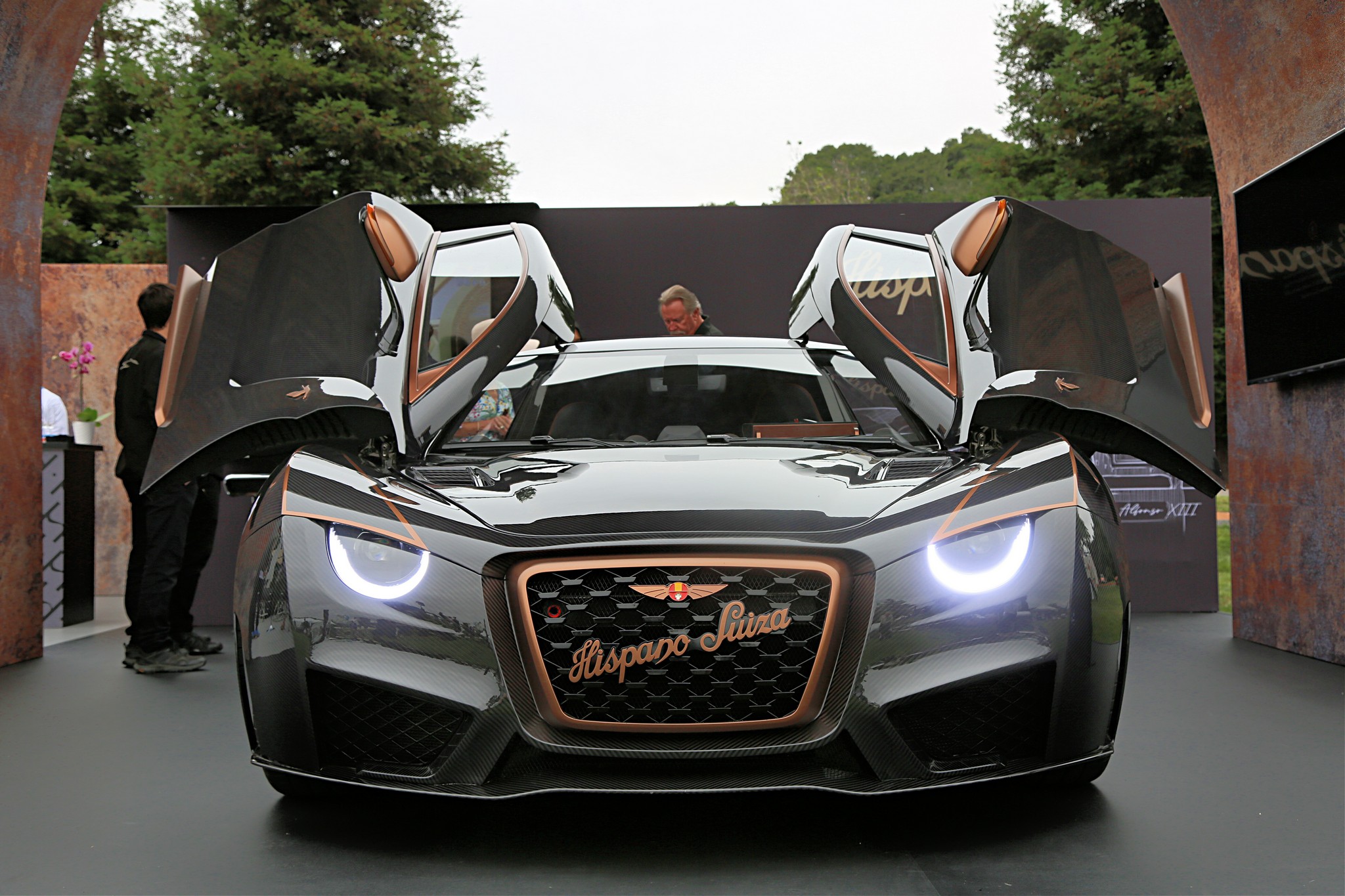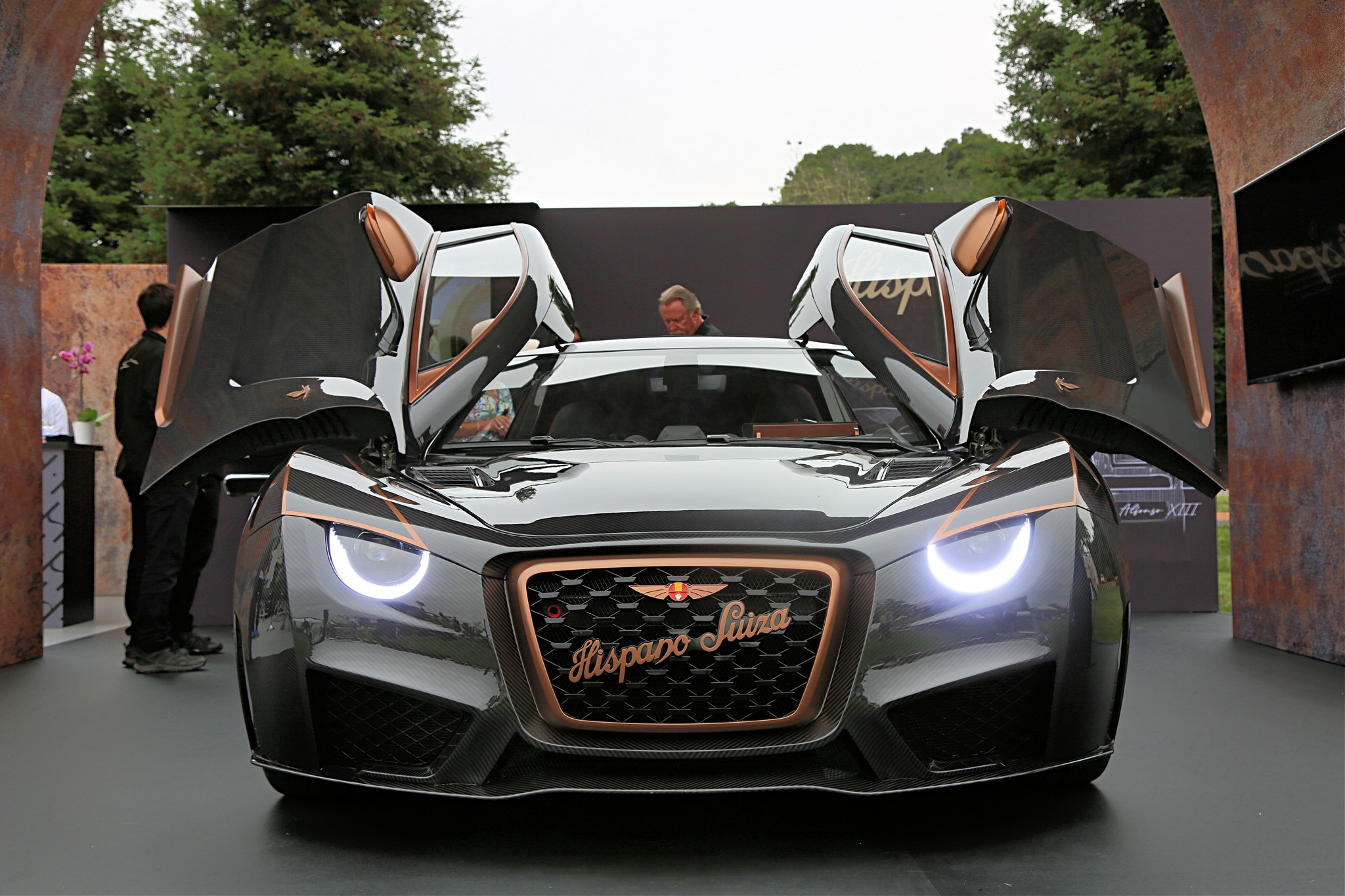
The company once produced some of the greatest cars of the prewar era that are highly coveted by collectors worldwide today. The brand name has long been dormant, but now has been revived in spectacular fashion. To fully appreciate the brand’s significance, we must take a brief look at its legacy.
History of the Brand
The origins of Hispano Suiza began on June 14, 1904. Swiss founders Damián Mateu and engineer Marc Birkigt located to Spain and began producing their first car in 1905, the Birkitg armoured, featuring a four-cylinder engine with a top speed of 54 mph.
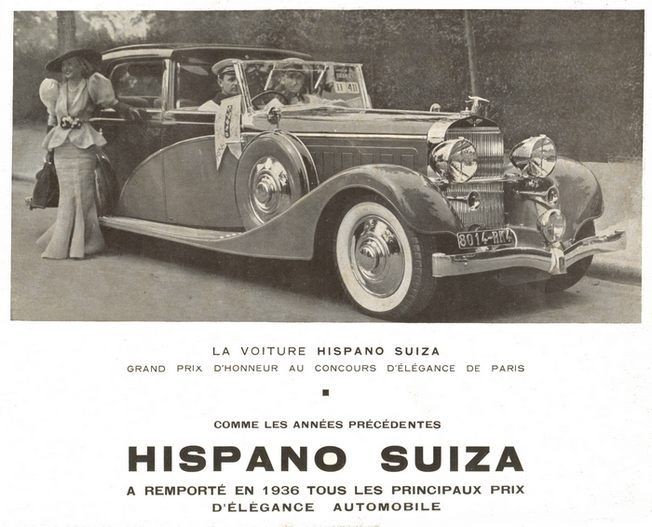
The following year, Hispano Suiza built the first car in Spain with a six-cylinder engine. It possessed 75 horsepower and completed the Perpignan-Paris route in 22 hours, which was an incredible feat at the time. The company also had a facility in France and sold manufacturing licenses to other carmakers in Italy, the United Kingdom and the former Czechoslovakia.
Soon the name Hispano Suiza became synonymous with exclusivity and luxury. The elegant and fast automobiles began to be favored by the world’s elite, including King Alfonso XIII of Spain, who ruled from 1886 to 1931.
The King was an avid car enthusiast and played an essential role in promoting the national and international visibility of Hispano Suiza. As a result, the automaker named its T45 convertible roadster the Alfonso XIII.
The iconic stork emblem of Hispano Suiza dates back to 1919 when it first appeared on the H6B luxury car. The H6 debuted at the 1919 Paris Motor Show and was available with either a 6.6-liter or 8.0-liter straight-six engine.
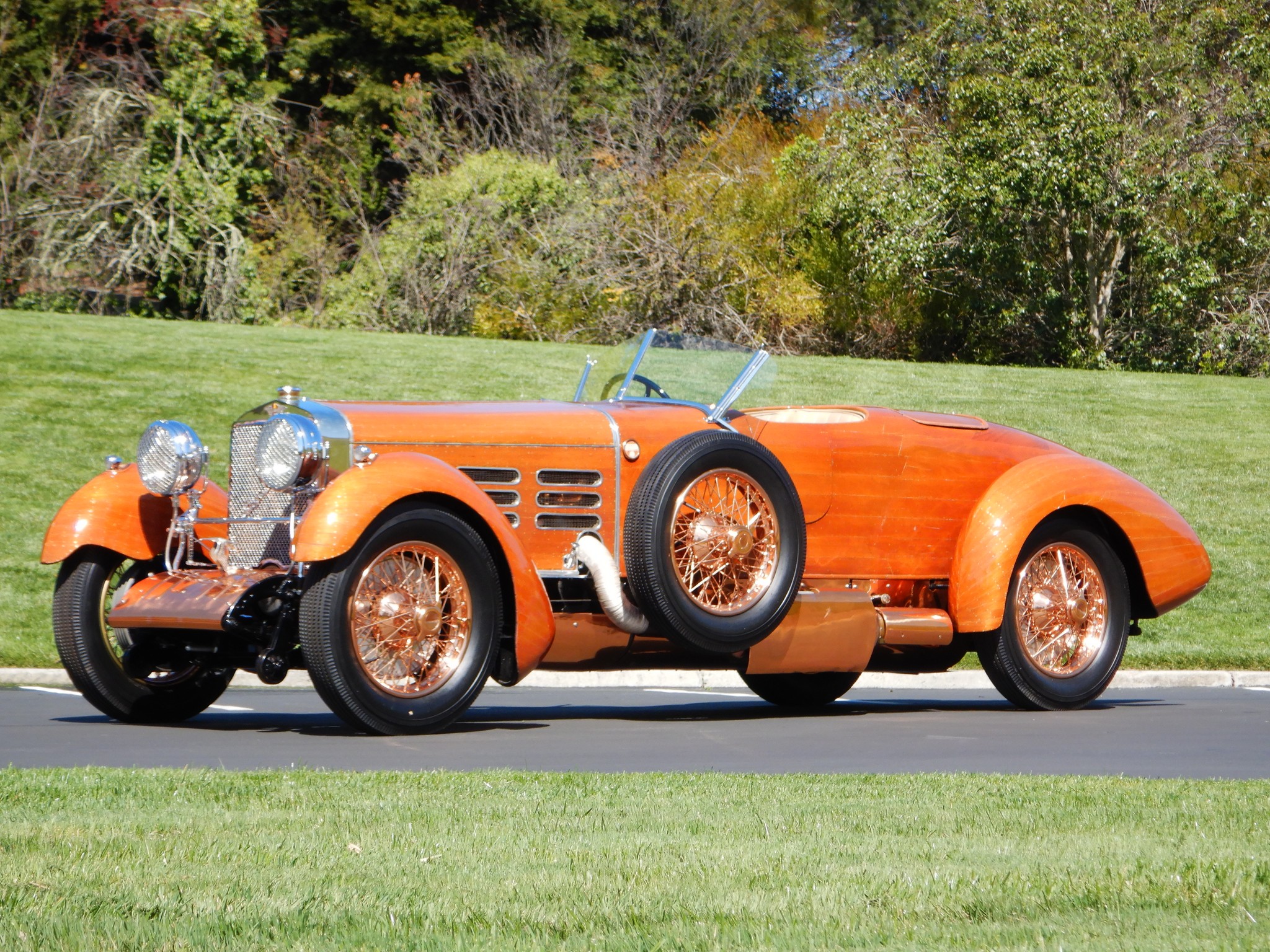
The stork pays homage to the French squadron emblem painted on the side of Hispano-Suiza fighter planes during World War I, while the Spanish and Swiss flags are a tribute to its founders.
In 1931, Alfonso XIII went into exile in advance of Spain’s civil war and the rise of Francisco Franco. Once director Mateu died in 1935, the French half of the company fell apart. By 1936 car production was diminishing, with production coming to a halt by 1938.
After the war, Birkigt returned to Switzerland to work on further aircraft-engine and armament developments. He died in 1953 at the age of 75. Since then, the great name of Hispano-Suiza continued to maintain a presence in the aircraft industry. Surviving years of mergers and acquisitions, today it is a leading supplier of transmissions for aircraft, with more than 700 million air miles logged.
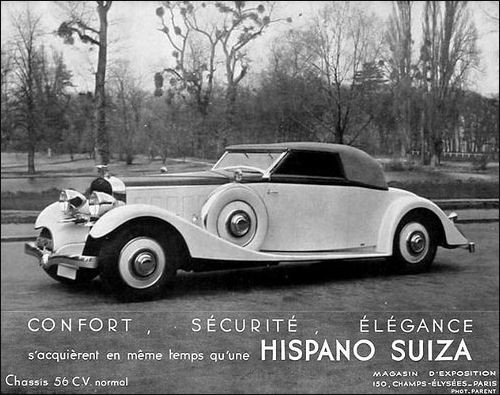
The Stork Takes Flight Once Again
In many instances, the famous name of a once great company is sold off to someone who has a dream to resurrect it and return it to is former glory, or at least license the name to sell t-shirts and other swag. Remarkably, Hispano Suiza is currently under the direction of Miguel Suqué Mateu, the great-grandson of the founder. The new car is being built in Catalonia by a motorsport specialist called QEV Technologies, which runs the Mahindra Formula E cars and is located less than a mile from the famous Circuit de Barcelona-Catalunya.
The manufacturer has coined the term hyperlux, an exotic mix of hypercar and luxury, to help define its brand direction. The firm’s website touts their philosophy of ‘the pleasure of belonging to something unique,’ which certainly describes the striking shapes of the Carmen and Carmen Boulogne. It also describes some of the illustrious clients that were once customers of Hispano Suiza which included Albert Einstein, Coco Chanel, and Pablo Picasso.
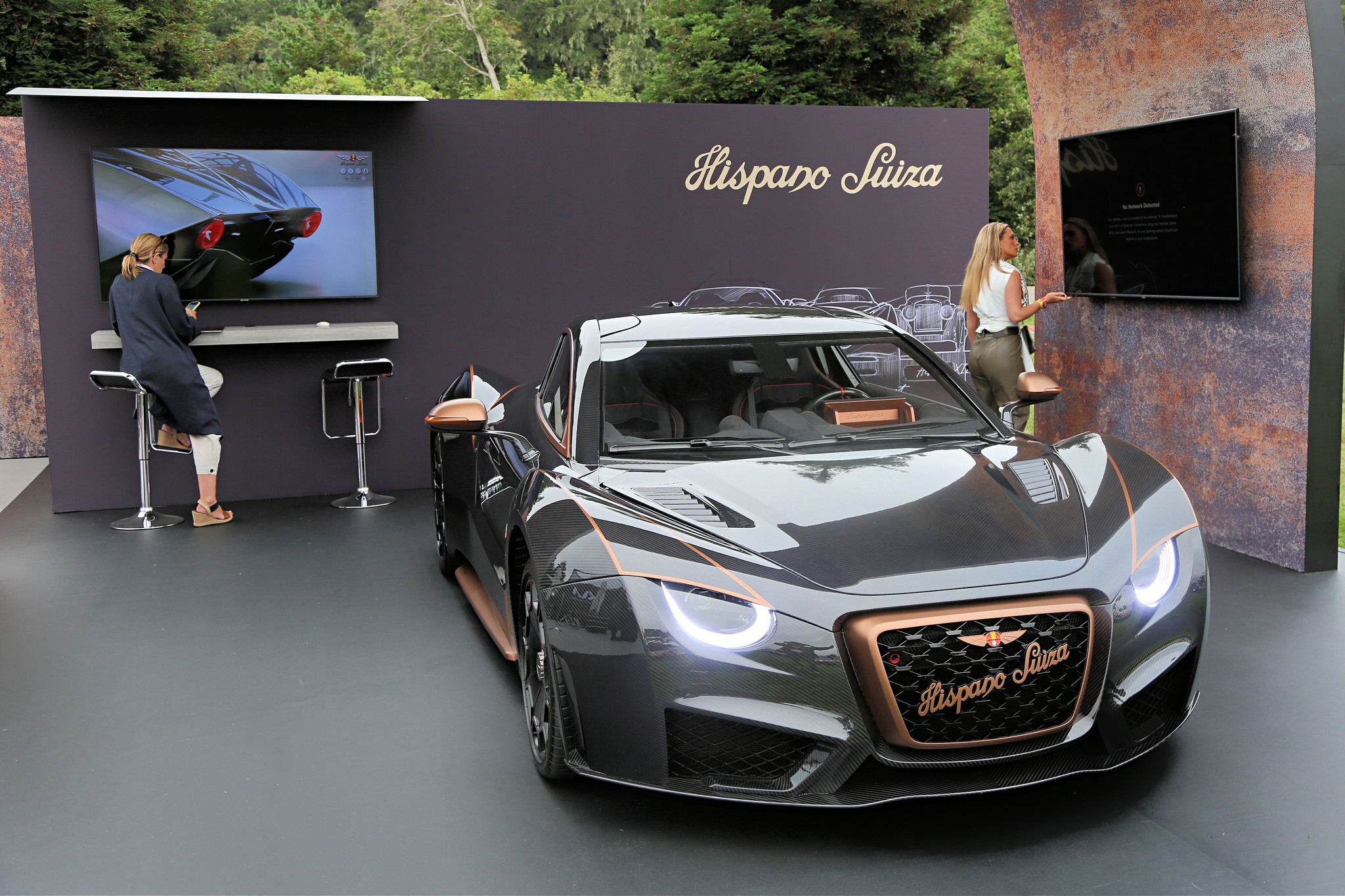
There is no giant automaker or technology partnership behind the Carmen, but it is meticulously well-engineered with great attention to detail on close inspection. Its monocoque and bodywork are carbon fiber, as are the subframes, to which the aluminum control-arm suspension at each corner is mounted.
I chatted with the firm’s CEO Sergio Martinez Campos at the Hispano Suiza display at The Quail. Like a proud papa, he pointed out some of the small details, such as how they were able to match the carbon fiber grain patterns where different parts meet.
The builders will go through many pieces of the light-weight material in order to get the desired fit and grain continuity they are after, which is especially noticeable at the rear were two halves of the sloping V-shaped bodywork are bonded flawlessly. I found the fit and finish on the Hispano Suiza to be exceptional.
The design is inspired by that of the fabulous Hispano-Suiza H6C Dubonnet Xenia, which is housed in the famous Mullin Automotive Museum in Oxnard, California. Both the old and new Carmen have a long and heavily fared rear end. The result is both distinctive and elegant. The Carmen does not possess giant wings and wild ground effects of other exotic cars. Instead, the styling is elegantly refined, but still very exciting.
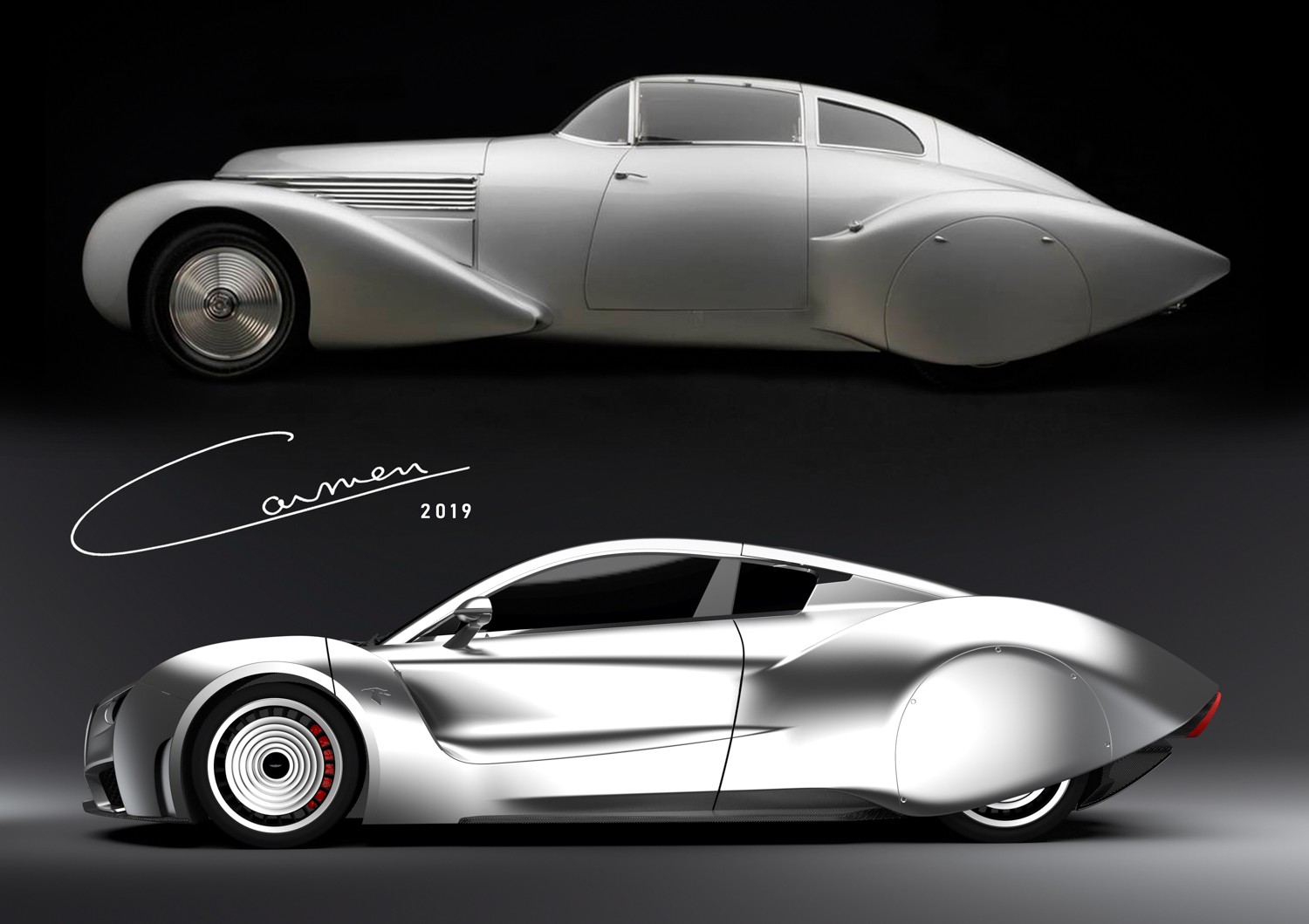
The size and prominence of the front grille may seem strange for an EV, however there are sizable radiators behind it to cool the motors and battery pack. The grill and logo also help link this new car to the glorious past of this storied brand. The Carmen Boulogne’s combination of bronze detailing and lacquered carbon fiber are alluring; however, buyers will be able to specify almost any color they wish.
The Stork Delivers
The Carmen’s luxurious interior is accessed through power-operated butterfly doors. Inside, the Boulogne’s cabin is trimmed black and bronze as well, but with good headroom and plush leather trim full of different textures and harmonizing design elements. Details like the sharp and clear graphics of the well-designed digital instruments and touchscreen display are most impressive. Again, so much more attention paid to small details that are sometimes lacking in other small production cars.
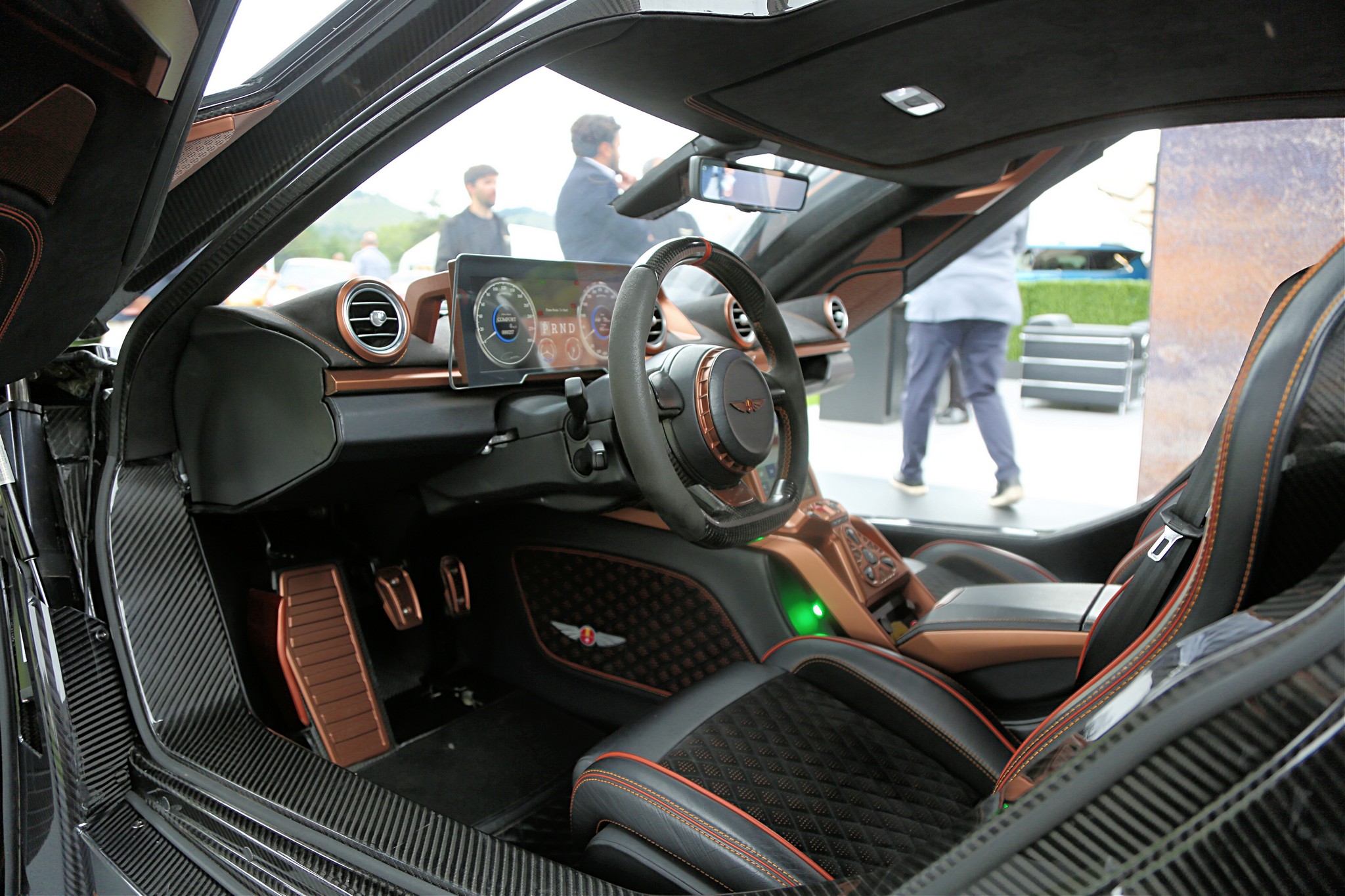
Power comes from a proprietary 80-kWh, 700-volt battery pack that sends electrons to four AC motors at the rear axle. Two motors work on each wheel through a single-speed gear. Two versions are being offered: the regular Carmen, producing a peak output of 1005 horsepower, and the super high-performance Carmen Boulogne model, named after the location for several of Hispano-Suiza’s most famous racing victories, producing a staggering 1100 horsepower. All of this propels the Carmen Boulogne to a top speed of 180 mph and a zero to sixty time of just 2.6 seconds.
According to the manufacturer, the Carmen weighs about 3725 pounds, making it rather light by the standards of other high-output EVs, with 1765 pounds of that weight coming from the T-shaped battery pack, which is mostly behind the passenger compartment (there are also some battery cells located in the central tunnel between the seats). The battery location contributes to the 40/60 front-to-rear weight distribution. Located in the rear of the Carmen is a software-based “virtual differential” that moves and shifts torque from side to side despite the lack of any physical connection between the wheels. The Carmen also has adjustable regenerative braking selected by steering-wheel paddles.
It will be rare to see many Carmen owners choose to regularly drive their cars on a race track, but the luxuriously appointed Carmen should be much more at home on the highway (preferably the Autobahn highway). According to Hispano Suiza, the car’s cabin remains very quiet at speeds over 100 mph, and there are adaptive dampers designed to smooth out any rough asphalt that the driver may encounter. These features place this car more in line with a Grand Touring machine, even though it is an exceptionally powerful and fast car. Hispano Suiza says it is capable of a 250-mile range under the European WLTP testing protocol, which will bring the EPA rating to under 200 miles. The battery can support DC fast charging at rates of up to 80 kW, which is pretty low by today’s EV standards.
No two Hispano Suiza automobiles are alike since personalization is an integral part of Hispano Suzia’s brand identity. The manufacturer is only planning to construct 19 examples of Carmen, five of which are allocated for Carmen Boulogne.
After a long, but never forgotten absence from the building of fine automobiles, Hispano Suiza looks to enter a new chapter in its history of creating powerful and bespoke automobiles for the world’s elite once again.


